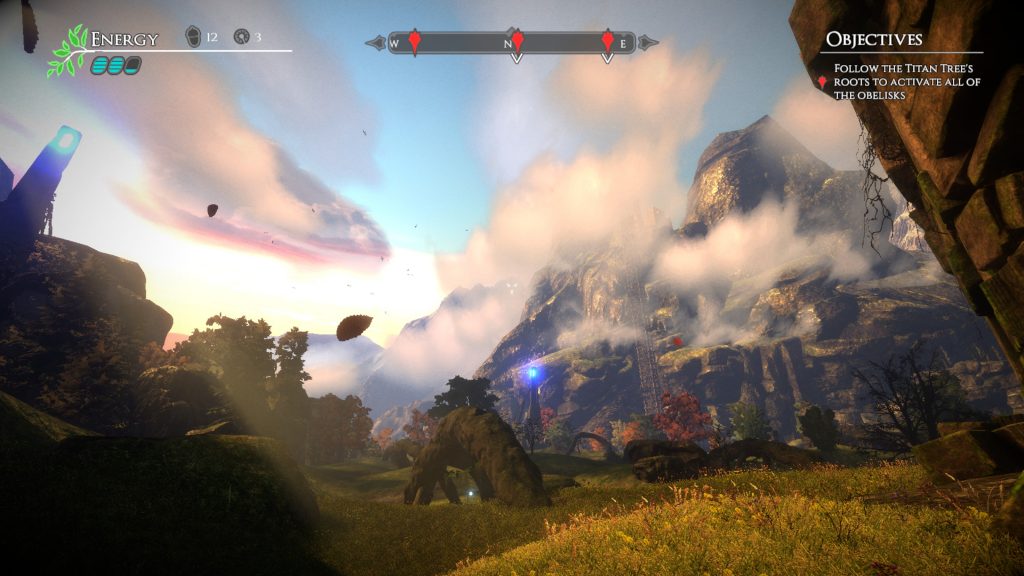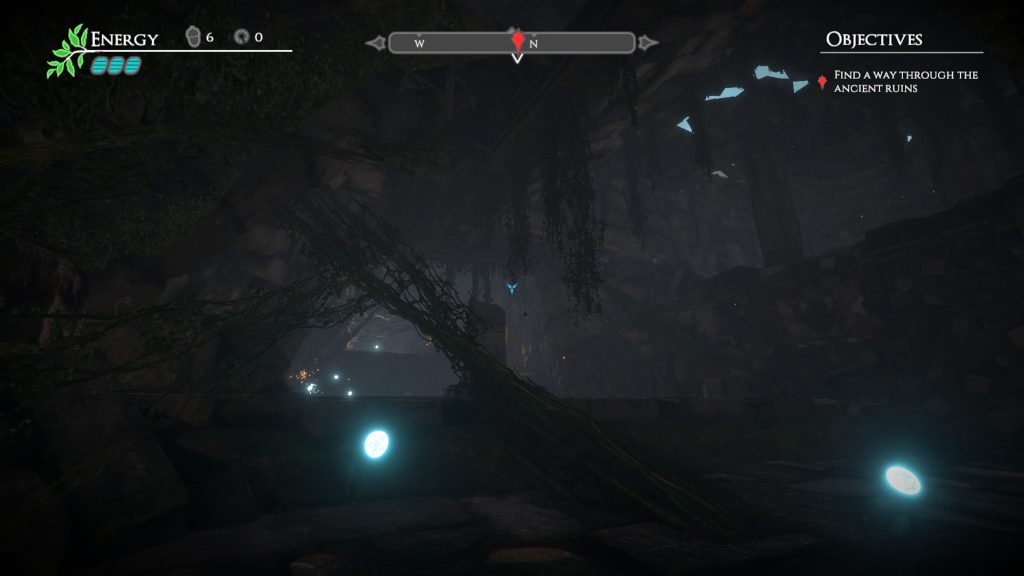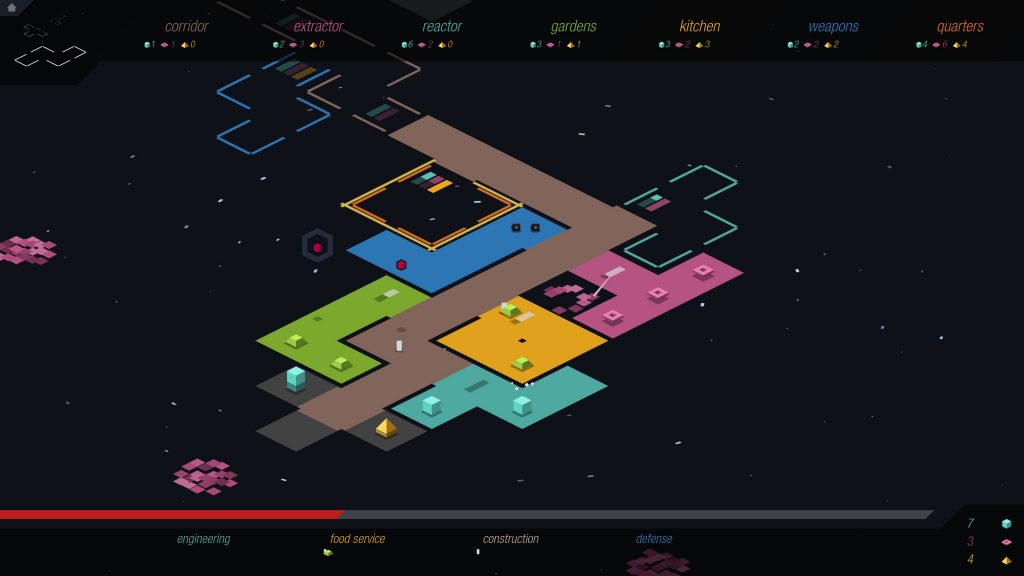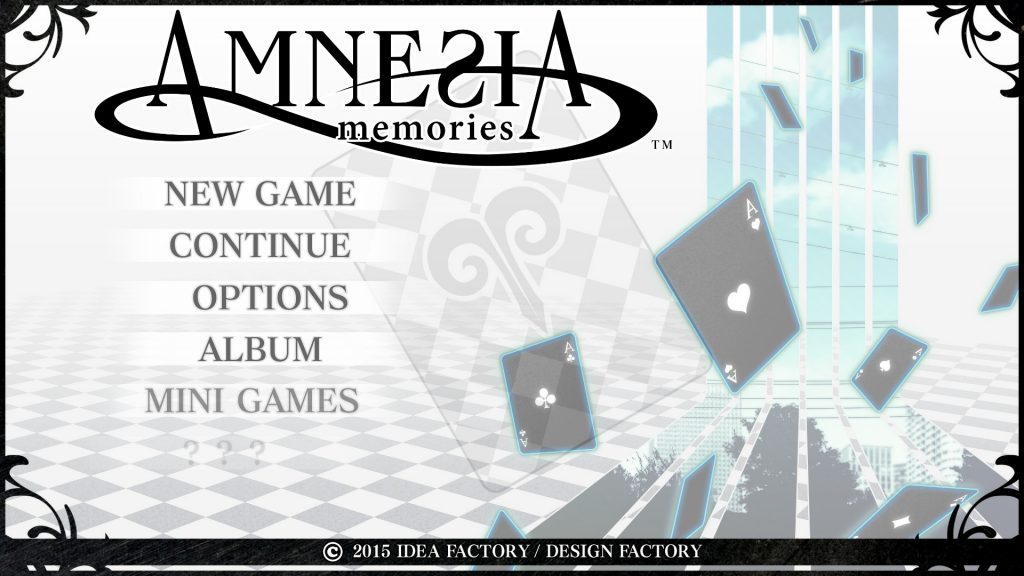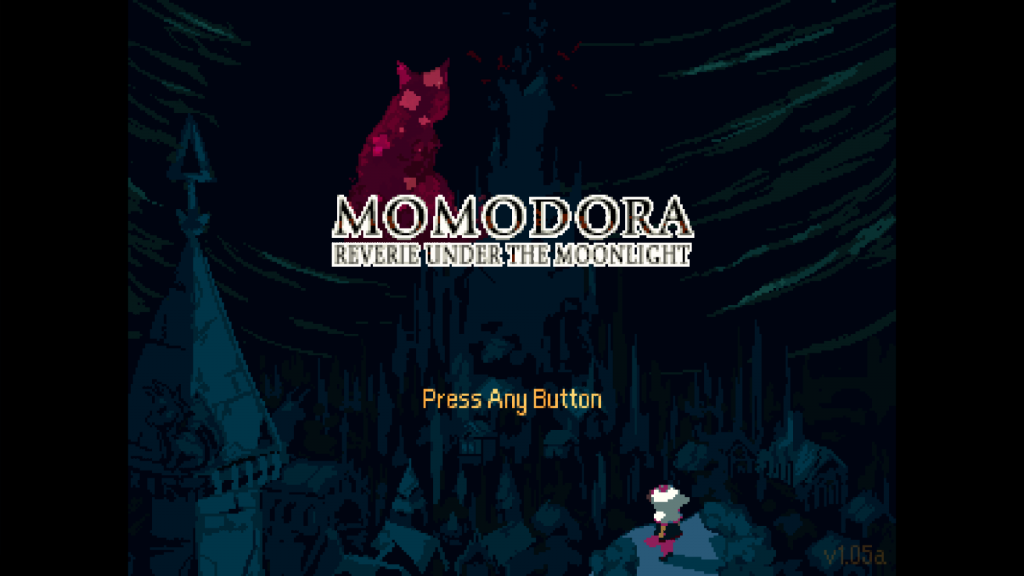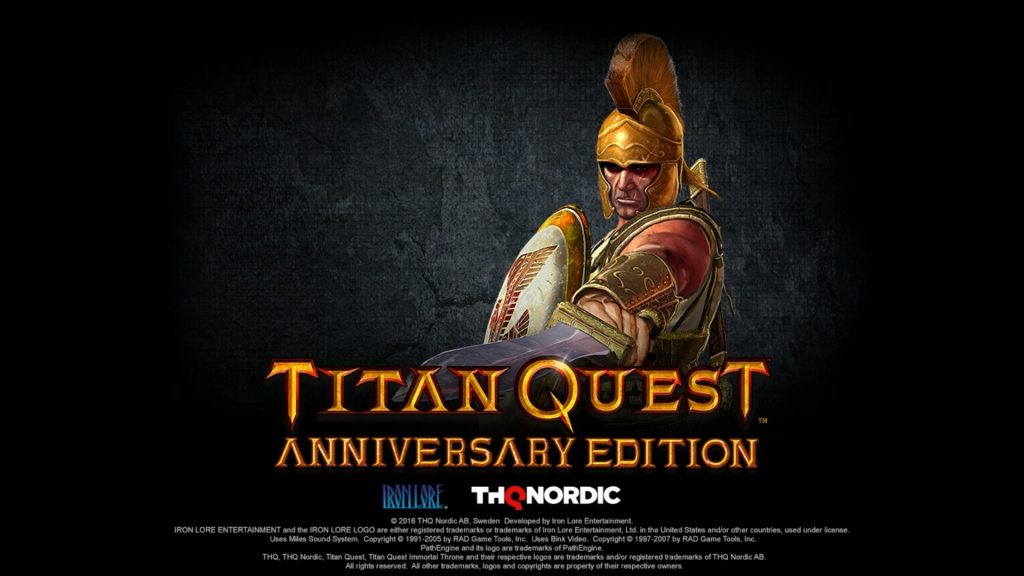When it comes to running around at ludicrous speed, Valley gets it. Movement should be fun. If you have a massive level or open world game, getting from point A to point B should have roughly the same content density as your finely crafted sections. That usually means having a truly massive number of random little things (à la Skyrim) or increasing your movement speed and making moving the fun part. Valley chose the latter.
You are an archaeologist looking for the mythical “life seed” in the Rocky Mountains (you might not have a fedora and bullwhip right now, but you probably will soon). As all protagonists do, you ignore the buddy system and float a canoe hundreds of miles away from anybody else. Predictably, you crash. Also predictably, you find yourself in the long-lost titular Valley, next to a crashed military Jeep with an experimental L.E.A.F. suit that allows normal humans unbelievable power (high jumps and questionable immortality among them). It’s quite a bit of fun, spoiled only by the lack of a true open-world design and an energy mechanic that becomes less and less relevant as the game progresses.
A very spoilery aside with a mechanics change suggestion: the energy bits you pick up are later revealed to be the eggs of some creatures you find. It’s a strange twist – and I’m not sure why it exists, since it is tangential to the whole “blowing the world up is bad” narrative. The story wouldn’t suffer if it just wasn’t included. Along with this, I would also recommend a change to the energy mechanic: instead of collecting the eggs, the energy should just regenerate. In earlier stages there are enough eggs to keep you in energy all the time and in later stages you have enough energy stored that it doesn’t matter. It would make the “running on water” and “magnetic boot” upgrades a lot more interesting if they slowly drained energy rather than just happening.
Valley took me five hours to beat and then get bored of trying to find collectibles. Interestingly, I got bored of finding collectibles because the game was too easy to break. In your L.E.A.F. suit, you can jump very high and run very far in a short amount of time. For some reason, the level design doesn’t take this into account, so I found it incredibly easy to find myself out of bounds with two-dimensional trees and physics-less rocks. Because of this, it was awfully difficult to figure out when I was on the path of a new collectible or about to send myself through five minutes of wandering out of bounds.
Nevertheless, I had fun and there were a lot of good concepts. I wish that the game was designed so that the main plot was along the “path” that L.E.A.F. suit owners would normally find themselves as they go through training or check in to the government facilities, while the collectibles and such were scattered about a wide open Valley area – though I realize that would take quite a bit more resources.
